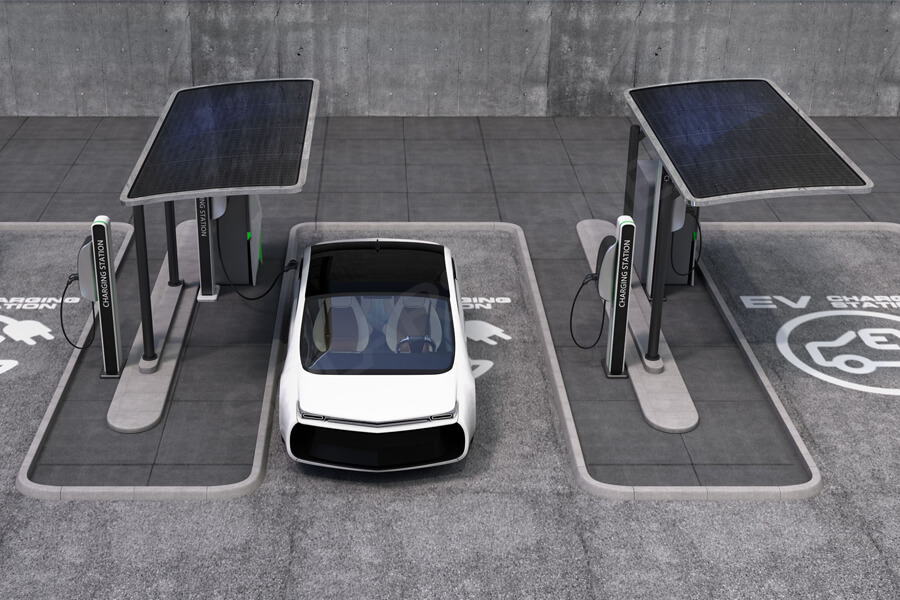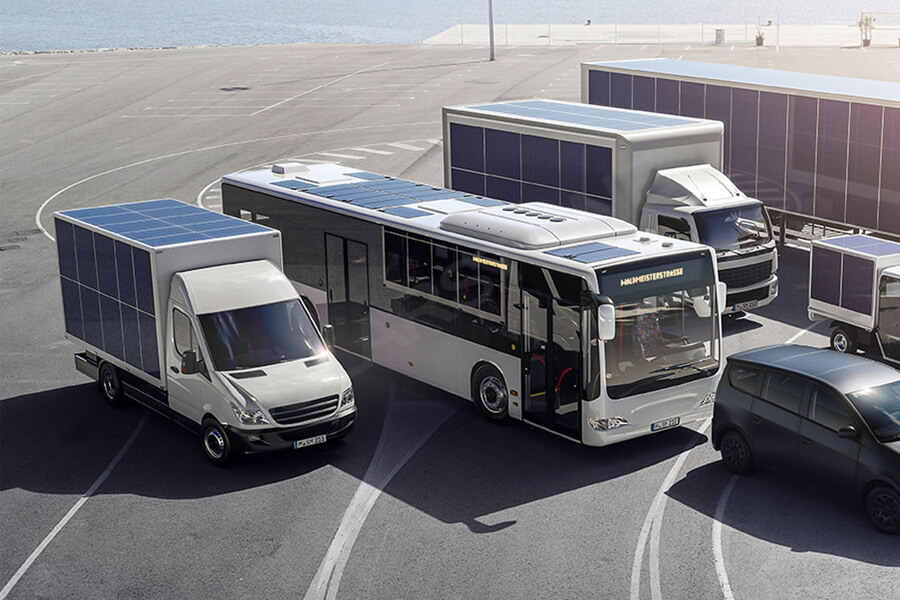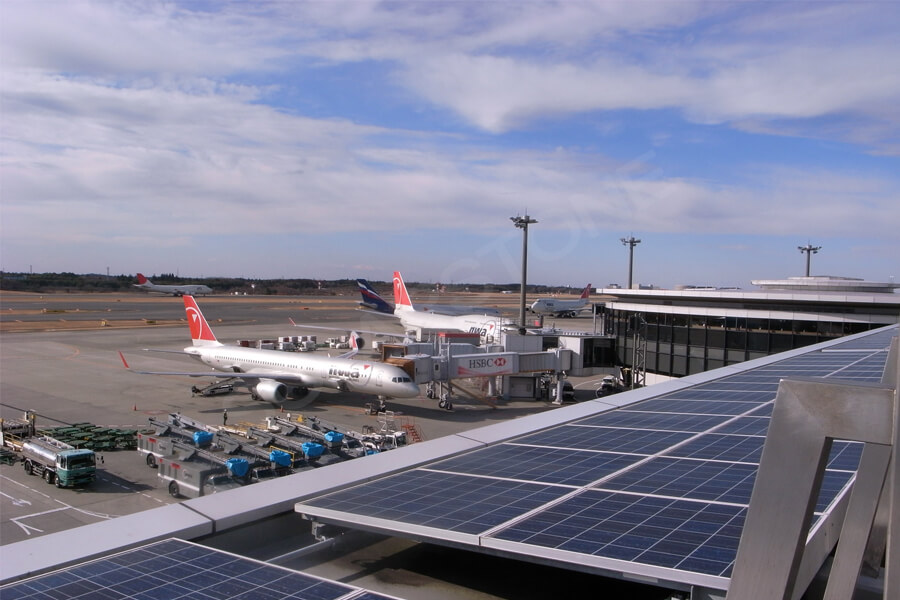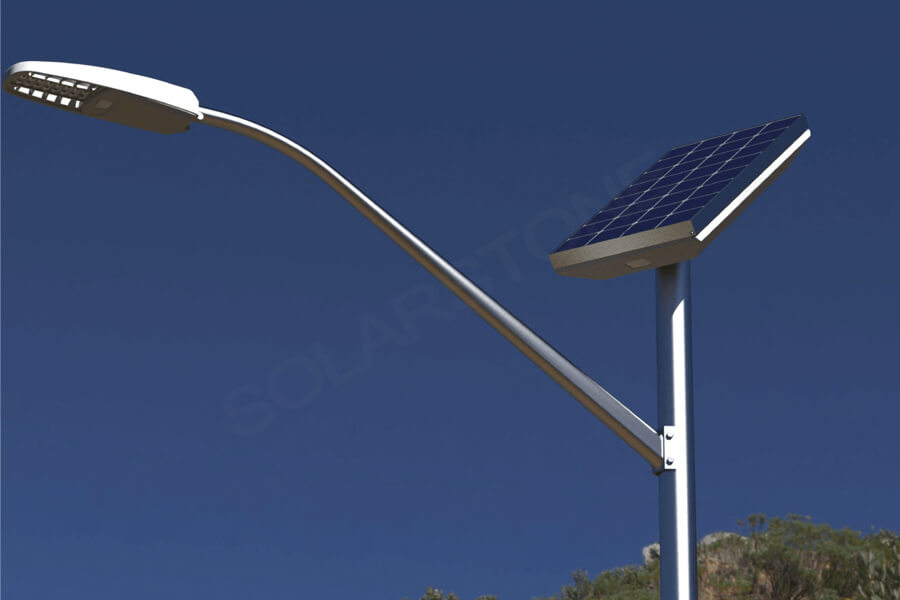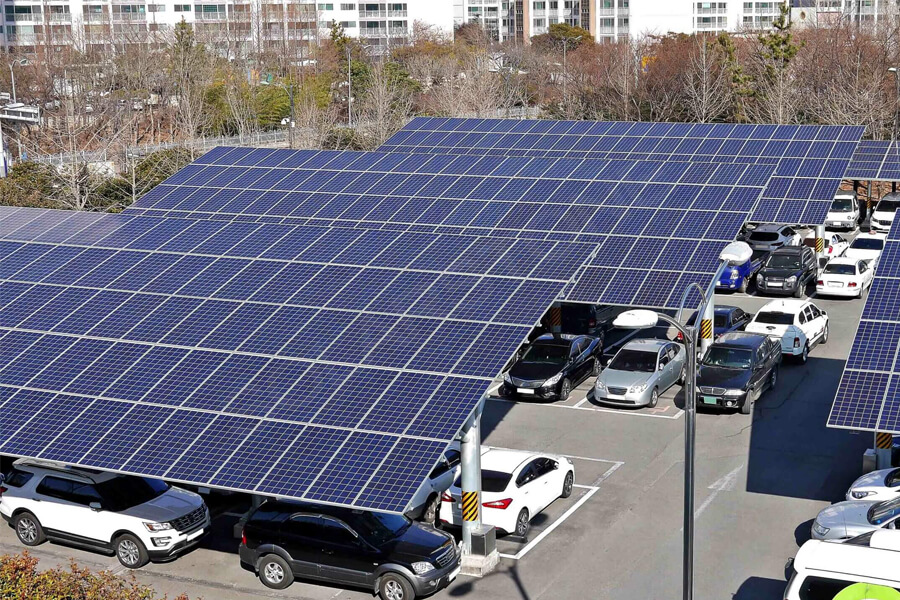Transportation and mobile use
Driven by the desire to reduce greenhouse gas emissions and achieve energy independence, the transportation industry is increasingly shifting towards solar energy.
This transformation involves integrating solar energy technology into various forms of transportation and supporting infrastructure, including solar electric vehicles (EVs), charging stations, public transportation systems, and even extending to the shipping and aviation industries.
Solar electric vehicles (EVs)
Solar electric vehicles are at the forefront of green transportation innovation. These vehicles are either equipped with integrated solar panels or charged using solar charging stations.
Integration and efficiency: Most solar electric vehicles integrate panels on roofs and other surfaces. These panels typically supplement the vehicle’s main power supply, increasing driving range and efficiency.
Power output: Although the solar panels on these vehicles are limited in size, they can generate enough electricity to significantly increase the car’s driving range – usually about 30 to 60 miles on sunny days.
Cost and market supply: The cost of solar electric vehicles varies greatly depending on the model and solar technology. At present, they are more expensive than traditional electric vehicles, but have the advantages of reducing charging costs and minimizing environmental impact.
Electric vehicle solar charging station
Solar charging stations provide renewable and usually off grid electricity for electric vehicles, further reducing the carbon footprint of electric vehicle transportation.
Capacity and speed: These charging stations range from high-capacity fast charging stations that can fully charge vehicles within a few hours to small portable chargers for emergency charging.
Installation and cost: The installation of solar charging stations involves significant investment, but can be offset by government incentives and reduced operating costs over time.
Public transportation solutions
The public transportation system also utilizes solar energy to reduce operating costs and improve sustainability.
Applications: Examples include solar buses, trains, and trams. Many bus stops and warehouses use solar panels to generate electricity to meet lighting, ticketing systems, and other power needs.
Advantages and efficiency: These applications can not only reduce fuel costs, but also help clean air and reduce urban noise pollution.
The application of solar energy in navigation and aviation industry
Solar energy is beginning to enter the fields of shipping and aviation, although progress is slow due to technological and practical challenges.
Maritime applications: Solar powered ships typically use photovoltaic cells to power onboard systems and provide propulsion power in certain situations.
Aviation projects: Although still in its early stages, solar powered aviation projects (such as the Sunpower project) have shown that solar energy plays a significant role in the potential in air travel, although currently limited to small aircraft and experimental design.
The adoption of solar energy in transportation and mobile applications demonstrates the growing commitment of various industries to sustainable development and innovation.
Although there are still challenges to overcome, especially in terms of efficiency, cost, and energy storage, the potential benefits of solar energy make it a promising choice for future transportation.
Public infrastructure and community projects
Solar energy is widely used in public infrastructure and community projects due to its versatility and scalability. These applications not only provide sustainable and cost-effective energy solutions, but also enhance the aesthetic and functional value of public spaces.
Solar street lighting, solar public spaces, and community solar energy programs reflect how solar technology can meet a wider range of community needs beyond individual households or businesses.
Solar street lamp
Solar street lights are a prominent and widely used project of solar energy in public infrastructure. These lights use solar panels installed at the top of the pole to charge during the day and illuminate the streets at night.
Efficiency and maintenance: Solar street lights using LED have high efficiency and only require minimal maintenance. They are a reliable form of lighting, especially in areas without grid access.
Installation cost and service life: The cost of installing solar street lights may be higher than traditional street lights, but they can reduce electricity bills and maintenance costs, thereby achieving long-term savings. The service life of solar street lights is usually very long, usually exceeding 20 years.
Solar powered public places and parks
Parks, gardens, and other public places are increasingly using solar energy to power lights, fountains, charging stations, and even Wi Fi routers.
Benefit: This not only reduces the carbon footprint of public spaces, but also improves safety and accessibility after dark.
Community participation: These devices can increase public awareness and acceptance of solar energy technology as a feasible and practical energy source.
Community solar energy projects
Community solar projects allow multiple individuals or entities to share the benefits of a single solar project, which is typically set up in a shared community space.
Accessibility and cost savings: These projects are particularly beneficial for people who are unable to install solar panels in their homes due to cost, location, or insufficient sunlight. Participants can save electricity while supporting renewable energy.
Structure and Scalability: The scale and structure of community solar projects may vary, typically tailored to meet the specific needs and goals of the communities they serve.
Integrating solar energy into public infrastructure and community projects demonstrates the practicality and diverse applications of solar energy technology.
In addition to environmental benefits, solar energy in public places can also promote community participation, improve quality of life, and support the local economy, marking a sustainable development path for cities and communities.



